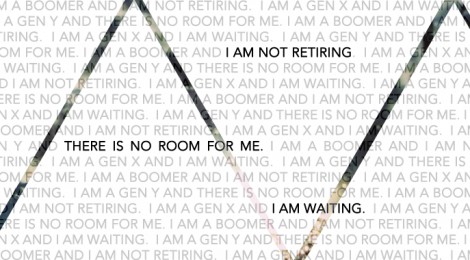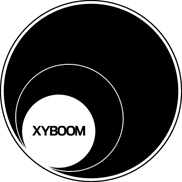
Breaking down Canada’s ever-diversified workplace
Today, the workplace is more diverse than ever.
Of course, when it comes to the idea of embracing diversity, we often associate it with gender equality, being LGBT-friendly, having people from all corners of the world in the same office working side-by-side and creating work spaces accessible and open for those with disabilities as well.
There is, however, one more aspect of the modern workplace that also makes up this diversity: a workforce that spans across four generations.
These generations are categorized as follows: traditionalists/silent generation, baby boomers, generation X and generation Y/millennials. With over 50 years of age difference, each of them has different backgrounds, and many would say, vastly different behaviours and values. Understandably, with each generation growing up in such different societal contexts, intergenerational conflicts are, at times, inevitable, stemming from misunderstandings and misconceptions.
To break it down, here is a rough overview on each of the generations that share the same office.
Let us know, do you think the categorizations accurately describe the generations? Your generations? Do you think there is more to it than what has been described below?
Population of Canada in 2012: 34,880,491.
Canadians currently employed (ages 15 and older): 17,148,200 people.
Traditionalists (born from 1930-1946)
- Makes up 4,973,438 of the population in Canada.
- Predictably, most of them have retired, leaving only 23% (1,140,000 of the age group) still at work; or 6.6% of the workforce overall (lowest demographic).
- Characteristics: Traditional, sets and follows hierarchal structure of the company.
Baby boomers (born from 1946-1965)
- Makes up 9,811,335 of the population in Canada.
- 70% of them (6,858,500) still in the labour force; or 40% of the workforce overall (highest demographic).
- Characteristics: Strong leadership, experienced, with strong dedication into work. Usually in senior-management in companies
- Concerns: Most of them are near their retirement – however, the economic crisis has not allowed that to happen, forcing boomers to stay at their jobs or return from retirement. Some of them also have to support “boomerang” Gen-X and Gen-Y children who cannot afford to live independently.
Generation X (born from 1966-1980)
- Makes up 7,035,208 of the population in Canada.
- 79.7% of them (5,609,700) currently employed; or 32.7% of the workforce overall (2nd highest demographic).
- Characteristics: Independent and flexible, with an emphasis on an informal workplace; has a strong desire for a work/life balance. Job positions span from entry level to junior-management.
- Concerns: Fears over there being no room to advance their careers, having an impaired ability to afford a mortgage and a family especially after the financial crisis. Struggling to strike the balance between work and life, while concerned about financial status post-retirement.
Generation Y (born from 1981-2000)
- Makes up 8,917,612 of the population in Canada.
- Only 46% of them – 4,113,100 to be exact – are currently employed. They make up 23.7% overall of the workforce (lowest demographic after traditionalists).
- Characteristics: Tech-savvy, idealistic, able to multi-task, open for new ideas, desire positive feedback and recognition at work. Usually in entry-level positions or in school.
- Concerns: High unemployment rate within generation, as university degrees haven’t translated into a job. Unable to initiate or advance career positions. Some are forced to take jobs that they are overqualified for. Unable to afford living independently.
Sources:
1. Stats Canada
2. Catalyst
3. Forbes
4. The Social Workplace
